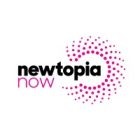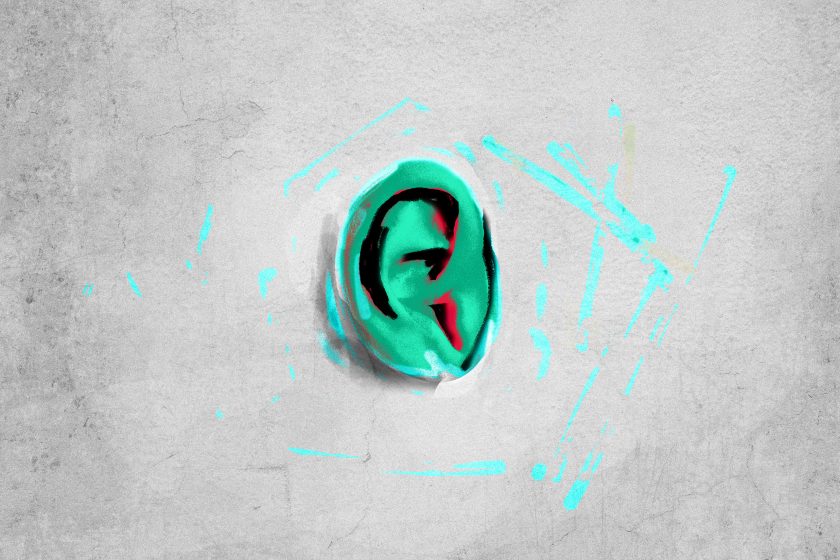

CPG food brand builders: How to apply social listening to your brand strategy process
In problem-solving for CPG food brand strategy, context is critical. Social listening can provide an unfiltered view of consumer perceptions. In addition to audits, social listening is an indispensable tool for competitive analysis, category research, and identifying trends.
Here are a few ways to incorporate social listening into your foundational strategy techniques:
Competitive Analysis:
Social listening provides an unfiltered, real-time view of consumer perceptions. We already use competitive analysis to identify strategic opportunities at-shelf. However, social listening reveals how consumers view competitors’ products from myriad touchpoints, including points of differentiation and similarities to capitalize on. If consumers strongly associate a trait with a competitor that your brand also delivers, re-examine positioning. Your product may be loaded with sugar, but you can minimize negative perceptions if Moms strongly prefer gluten-free.
In that case, determining claim language is worth a second look.
In any competitive analysis, you would use context to adjust your strategies accordingly, but with social listening, you have a front-row seat to consumer perceptions of your sworn enemy. Take advantage.
You don’t have to constantly conduct expensive or time-consuming research to gain consumer insights … you need to constantly listen in.
Identifying Trends and Opportunities:
Whether your product changes much, what people care about does often. Social listening helps you identify emerging “real-time” trends in your category. You might discover innovation opportunities for your product line or adjust look, tone, or feel if undergoing a refresh. For this exercise, look beyond direct competition. Instead, check out emerging brands, especially DTC, on social media outlets to see if people find these brands or products believable and appropriately priced. I also like to look at adjacent categories to see if opportunities have yet to hit. (For example, let’s take blueberries: if we are starting to see them pop up in all-natural beauty or supplements, there may be a growing understanding or trend around their antioxidant properties rather than just taste or texture. Is this somewhere to play with messaging, look, tone, or feel?)
Brand/Product Audit: I assume you are already doing this for your brand. If not, stop reading this blog and head straight to Amazon, Pinterest, Facebook, Instagram, and TikTok. People are talking about your product, for better or worse. Many CPG brands look only to social listening to get a registration on their brand perception or awareness rather than through the lens of their at-shelf presence. Revisit. Does your communication hierarchy reflect the concerns of today’s consumers? Does your imagery reflect actual usage? Does your back-of-pack story connect?
You don’t have to constantly conduct expensive or time-consuming research to gain consumer insights … you need to constantly listen in.
Unsure where to start with social listening? Click here for an article on the basics.









